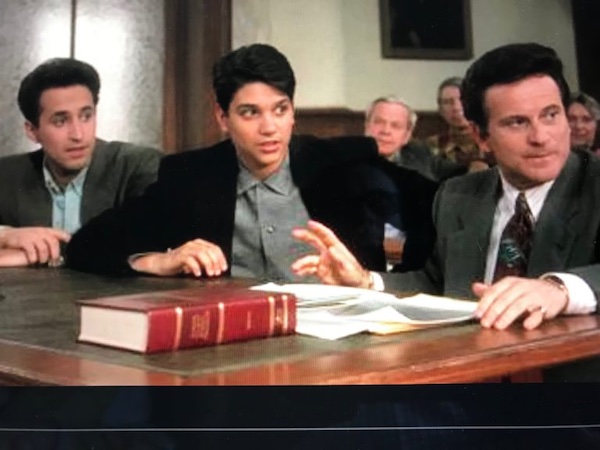The Art of Storytelling in the Courtroom
Atticus Finch, Vincent Gambini, and Elle Woods all have something in common. Yes, they are all fictional lawyers from excellent movies. But there is something else that is consistent in their approach in the courtroom: they all tell a great story.
It would have been impossible for one of the jurors to stop paying attention during Joe Pesci’s cross examinations in My Cousin Vinny. The same goes for those shown in Legally Blonde. Similarly, one could have heard a pin drop during the closing argument shown in To Kill a Mockingbird.
Each of these fictional lawyers have varying levels of expertise and each movie situation is diverse. However, their ability to tell a story creates interest for the jurors and forces them to hang on every word.
While some of the situations presented in these movies are absurd, the importance of telling a good story cannot be overstated. There’s no mystery or special skill that good litigators have hidden away. Plain and simple: they know how to tell a story that catches your attention.
Elements of Exceptional Storytelling
Obviously, everyone has preferences when it comes to stories. Some people like fantasy, some like comedy, while others enjoy romance. But whether inside the courtroom or out in the world, there are three underlying elements that can make any story better or worse.
1 Emotion - Before we have concrete facts or knowledge, we connect with others based on how we feel about them. Even though facts and truth are vitally important, they play second fiddle to emotion when it comes to storytelling. For example, Harry Potter takes place in a fictional world. There is no truth to the magic, dragons, and other fantastical elements present in the story. But readers and viewers can easily connect with the characters on an emotional level. J.K. Rowling made the characters so universally relatable that anyone can feel their emotions throughout the tale, regardless of the factual accuracy or relatability inherent in Harry Potter’s world.
2 Logical Flow - It’s much easier for the average person to follow a logical, step-wise story, than it is to pick out the details from incoherent rambling. Effective storytellers can put events in an order that makes it easy for listeners to process the details and create a “big picture”. The father of logic himself, Aristotle saw how easily even the least educated person could appreciate and follow a well-stated syllogism. In today’s world, this fact remains true, and necessitates that logic be used as a scaffolding for every good story.
3 Avoidance of Extraneous Details - The human attention span is short. Once a person loses interest in something, they will quickly move on to the next thing and never look back. Therefore, storytellers have a small window to hook a listener and get them interested in the story in question. If a storyteller wastes time with extra details that will distract from the main point, they may lose their audience and never get them back.
Incorporating Excellent Storytelling into a Legal Strategy
As simple as the three elements of great storytelling may sound, perfecting the craft is far from easy. Becoming a great storyteller takes practice. But with a lot of time and effort, any lawyer can become an exceptional storyteller and leave everyone in the courtroom wanting more.
Need some help with your storytelling in the courtroom? Check out Emotiontrac to see what they can do for you.



